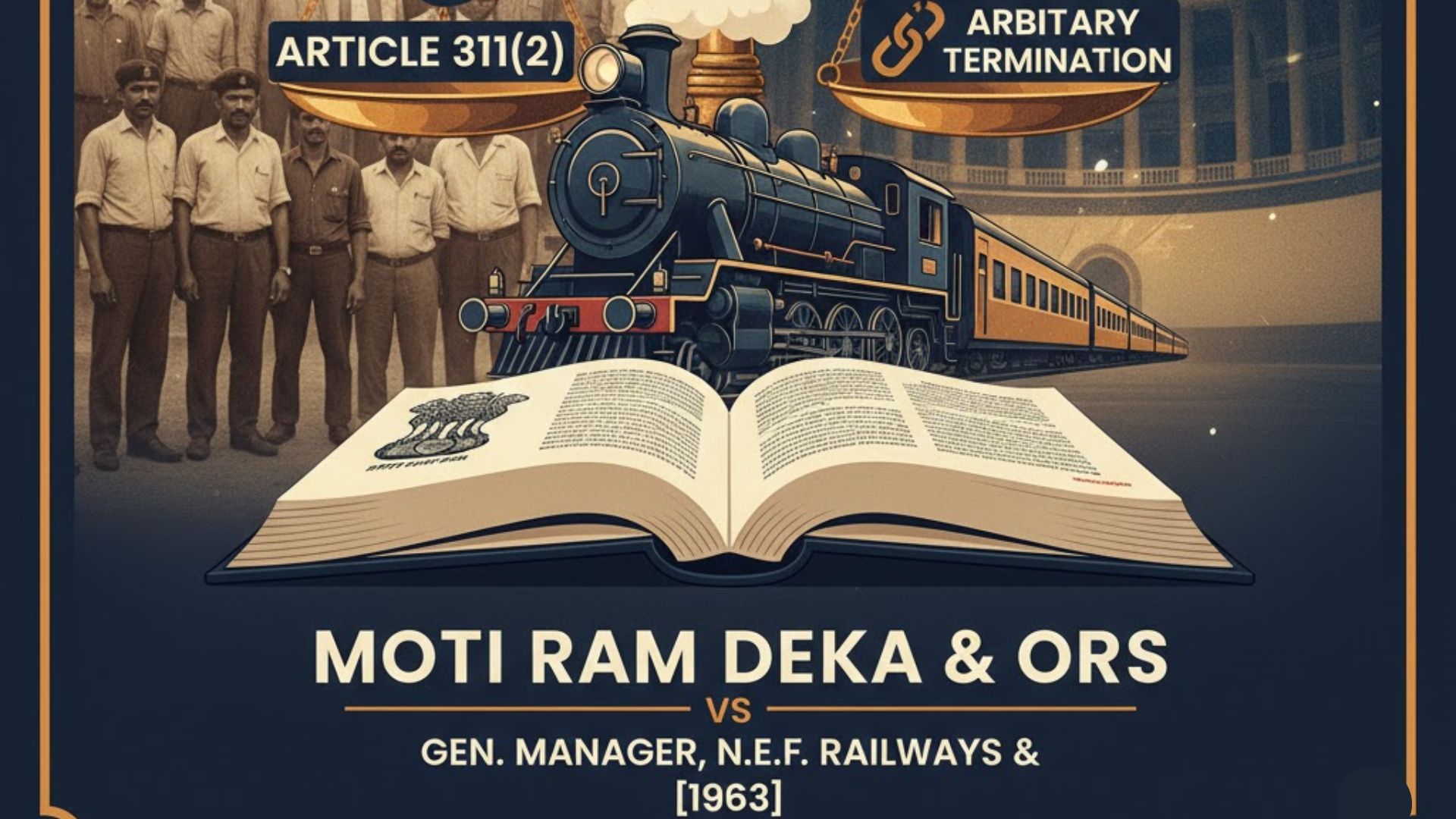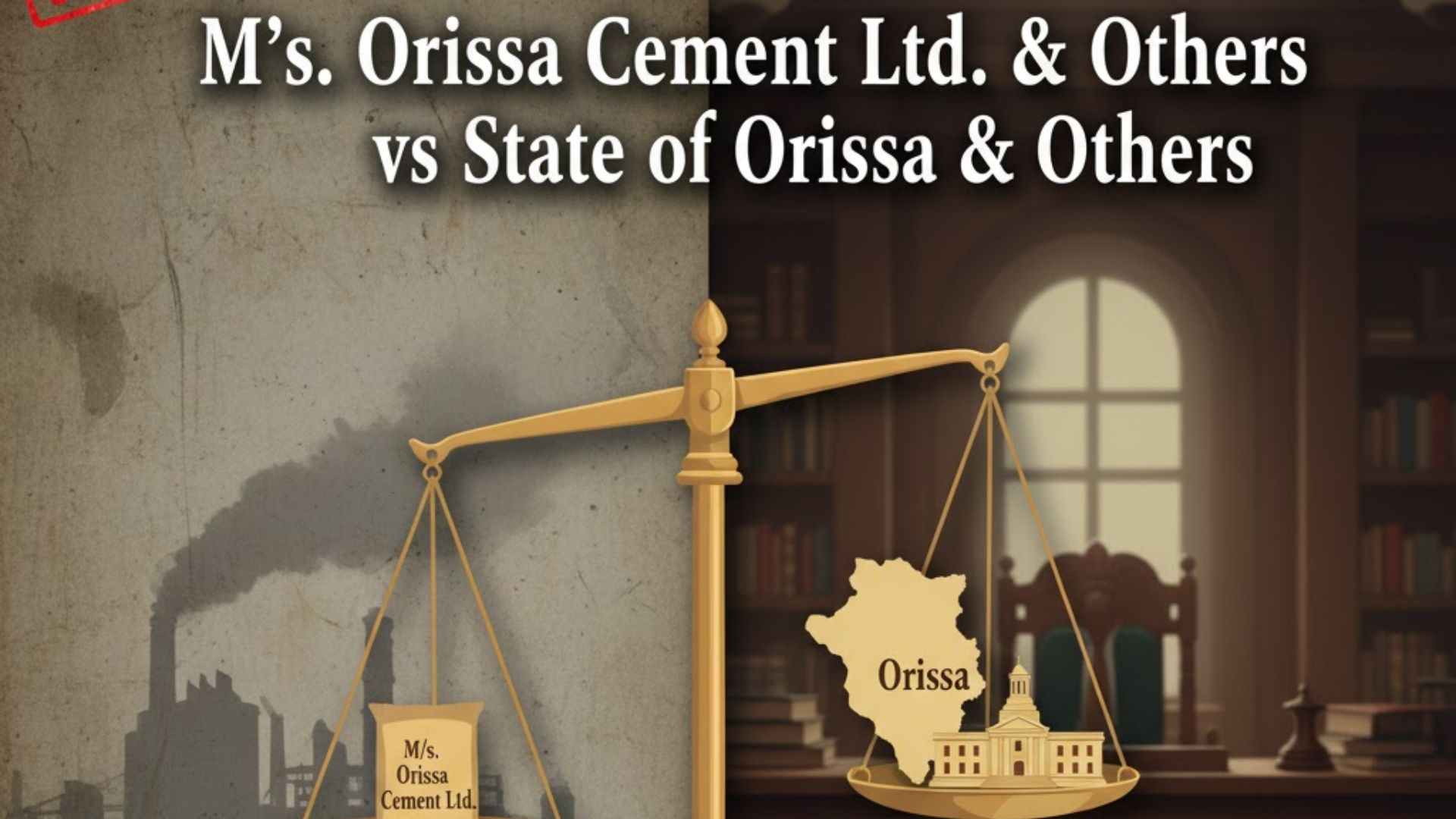1. Heard. Rule. Rule is made returnable forthwith. At the request of both the sides, the matter is heard finally at the stage of admission.
2. Shortly stated the facts as are relevant leading up to the filing of the Writ Petition are as under :
A Motor Accident Claim Petition No.211 of 2000 was lodged in the Motor Accident Claim Tribunal, Parbhani claiming compensation on account of
accidental death of one Sandeep Tathe, through advocate Satish Aundhekar and advocate M.A.Farooqui. It was filed by showing the name of the
claimant as Bajirao @ Bhagwan Sudam Tathe. An application for interim compensation under Section 140 of the Motor Vehicles Act was also filed
and the amount was also withdrawn by Bajirao.
3. While conducting hearing said Bajirao stepped into the witness box and the learned Member of the Motor Accident Claim Tribunal realized that in
fact the person who was standing in the box as a claimant was Bajirao Dattarao Tathe and was not Bajirao @ Bhagwan Sudam Tathe. The learned
Member reported the matter to the District Judge who directed him to hold an inquiry and it transpired as a result of the inquiry that in fact the
deceased was the son of Bajirao Dattarao Tathe who had stepped in the witness box and was not the son of Bajirao @ Bhagwan Sudam Tathe.
However Bajirao Dattarao Tathe admitted to have withdrawn the interim compensation and immediately reÂdeposited it. It was thus transpired that
the petitioner had filed the claim which was false. Said Bajirao Dattarao Tathe had withdrawn the money though he had not filed the petition and the
learned advocates had in collusion with the petitioner and said Bajirao had indulged in forgery and had lodged a false claim. Accordingly as per the
directions of the Principal District Judge, the Member of the Tribunal directed his Clerk Subhash Bhagwanrao Kulkarni to lodge the report. According
FIR No.165 of 2004 was lodged and the offences punishable under Sections 420, 468 and 471 of the IPC was registered.
4. The petitioner was arrayed as accused no.1, Bajirao was arrayed as accused No.2 and two advocates were arrayed as accused Nos.3 and 4. It
transpires that the two advocates had submitted application under Section 245 of the Cr.P.C. seeking discharge and the learned Magistrate had
rejected their applications. They preferred Criminal Revisions and the learned Sessions Judge allowed the revisions and discharged them.
5. It is also informed at the bar that even accused No.2 Bajirao has since died.
6. The petitioner also filed an application (Exh.54) seeking discharge under Section 245 of the Cr.P.C. but the learned Chief Judicial Magistrate
rejected the application. He preferred Criminal Revision bearing Revision Application No.15 of 2014. But by the impugned judgment and order dated
26.10.2017 the learned Additional Sessions Judge has dismissed the revision. Hence this Writ Petition.
7. The learned advocate for the applicant vehemently submitted that there is absolutely no material to show that the petitioner had filed the Claim
Petition. He is being implicated merely because his name is mentioned in the Claim Petition as a claimant. Neither the Claim Petition bears his
signature nor had he instructed the advocates to file it. He had also not received any money and merely because of the use of his name as a claim
petitioner that he is being implicated. The charge is clearly groundless and the petitioner deserves to be discharged.
8. The learned advocate for the petitioner also pointed out that going by the allegations in the complaint / FIR and the material on the record, the
alleged offence was committed in respect of a proceeding lodged in the Court and in view of the bar contained under Section 195(1)(b) the Magistrate
could not have taken cognizance except on a complaint in writing of the Member of the Motor Accident Claim Tribunal. Therefore since the complaint
/ FIR was filed by the Clerk of the Court, the Magistrate could not have taken cognizance. He would further point out that the amendment which has
come into effect in the year 2006 in Section (1) of Section 195 of the Cr.P.C. which enables even an officer of the Court as that Court may authorize
in writing to lodge a complaint. Prior to such amendment it was only the Court which could have lodged the complaint. The learned Magistrate as well
as the learned Sessions Judge has not correctly appreciated the facts and circumstances and the law and have illegally refused to discharge the
petitioner. The learned advocate would further seek to rely upon the decision of the Single Judge of this Court in case of Prabhakar Ramchandra Patki
Vs. State of Maharashtra and another ; 2010 ALL M.R. (Criminal) 784. The learned advocate also placed reliance on the decision of the Supreme
Court in the case of State of Karnataka Vs. L. Muniswamy ; AIR 1977 (SC) 1489.
9. The learned APP vehemently submitted that going by the allegations and the material, by no stretch of imagination can it be said that the charge is
groundless. The learned Member of the Tribunal has conducted a preliminary inquiry and has reached a plausible conclusion and no fault can be found
in the impugned orders refusing to discharge the petitioner on merits.
10. As regards the bar of Section 195(1) of the Cr.P.C. the learned APP submitted that the offence alleged to have been committed was not in fact
committed in respect of a document produced or given in evidence in any proceeding in any Court but a false claim was lodged and therefore the bar
was not applicable to the facts and circumstances of the case. In support of his submission he placed reliance on the decision of the Constitution
Bench of the Supreme Court in the case of Iqbal Singh Marwah and another Vs. Meenakshi Marwah and another ; AIR 2005 SC 2119.
11. I have minutely examined the orders of the two Courts below as well as the record, and the decisions cited by both the sides.
12. As far as the facts are concerned, going by the allegations it is quite apparent that a false claim was lodged in the sense that claimant was shown
to be the petitioner when he was not the father of the deceased. It is thus quite apparent that by indulging in forgery, by making a false document in
the form of Claim Petition, a false claim was laid and no fault liability amount was withdrawn by using such a false claim. This could not have been
possible but for a dishonest intention of all concerned and thus all the necessary ingredients for the offences punishable under Section 420, 468, 471
read with Section 34 can be easily made out. Therefore, by no stretch of imagination can the charge be said to be groundless within the meaning of
Section 245 of the Cr.P.C.
13. So far as the bar contained under Section 195(1) of the Cr.P.C. is concerned, suffice for the purpose to observe that going by the wording of the
provision, the offence described under Section 463, 471 etc. should have been committed in respect of a document produced or given in evidence in a
proceeding in any Court. In case of Iqbal Singh Marwah (supra) a forged Will was produced and the Constitution Bench of the Supreme Court had
considered the provision of Section 195 of the Cr.P.C. and had concluded in paragraph No.33 as under:
“33. In view of the discussion made above, we are of the opinion that Sachida Nand Singh has been correctly decided and the view taken therein is
the correct view. Section 195(1) (b)(ii) Cri.P.C. would be attracted only when the offences enumerated in the said provision have been committed
with respect to a document after it has been produced or given in evidence in a proceeding in any Court i.e. during the time when the document was in
custodia legis.â€
It is thus trite that Section 195(1)(b)(ii) of the Cr.P.C. would be attracted only when the offences enumerated therein are committed in respect of a
document after it has been produced or given in evidence in a proceeding in any Court during the time when the document is custodia legis. Going by
the allegations, when there are no allegations about any forgery having been committed in respect of a document which was produced before the
Magistrate in the instant case, the bar of Section 195(1)(b) would not be attracted.
14. Besides, as is apparent, even it is a matter of cheating which is an offence punishable under Section 420 of the IPC and Section 195(1) of the
Cr.P.C. does not cover a case of cheating. Therefore even for this reason the bar contained in that provision would not be applicable. No fault can be
found in the orders passed by the two Courts below in refusing to discharge the petitioner.
15. The decision of the Supreme Court in the case of L. Muniswamy (supra) is of no benefit to the petitioner. It lays down the powers of the Sessions
Court to discharge an accused under Section 227 of the Cr.P.C. and is not applicable to the fact situation of the matter in hand. Similarly the decision
of the Single Judge of this Court in case of Prabhakar Ramchandra Patki (supra) was also rendered in the peculiar facts of that case and with respect
cannot come in aid to the petitioner.
16. The Writ Petition does not hold merit and is dismissed. The Rule is discharged.
After pronouncement of the judgment, the learned advocate for the petitioner submits that the applicant was protected by way of interim order and the
protection continued till date. It may be extended for few weeks to enable the petitioner to impugn the order passed by this Court.
The learned APP strongly opposes the request.
The interim relief shall continue for a period of three weeks from today.

